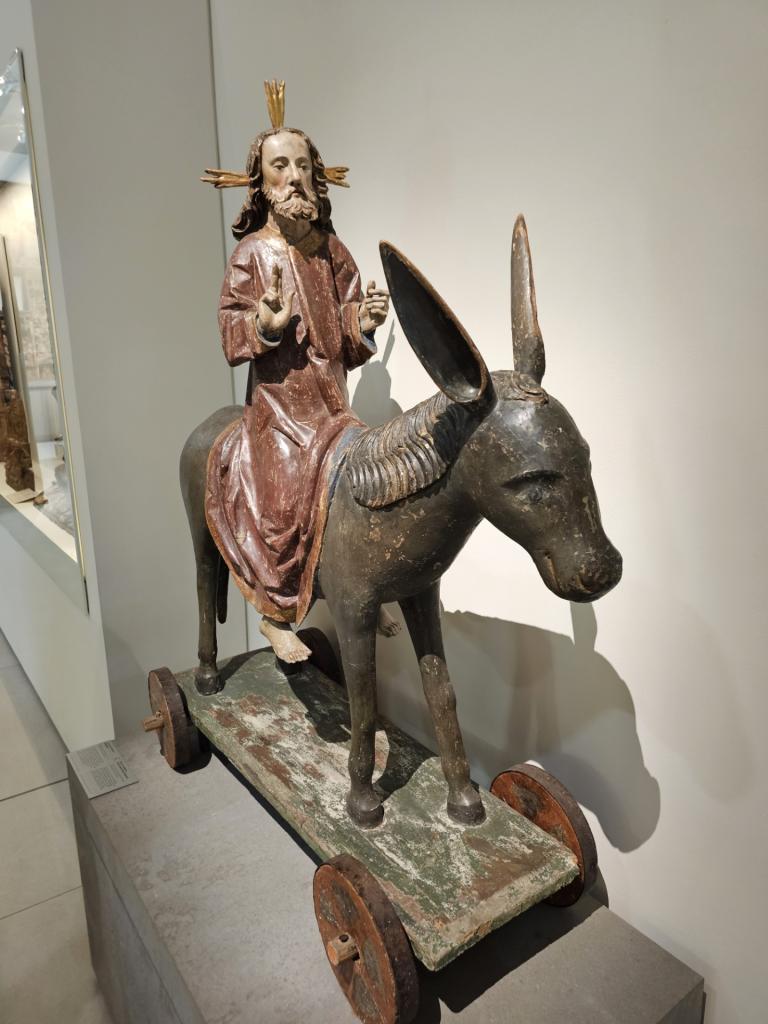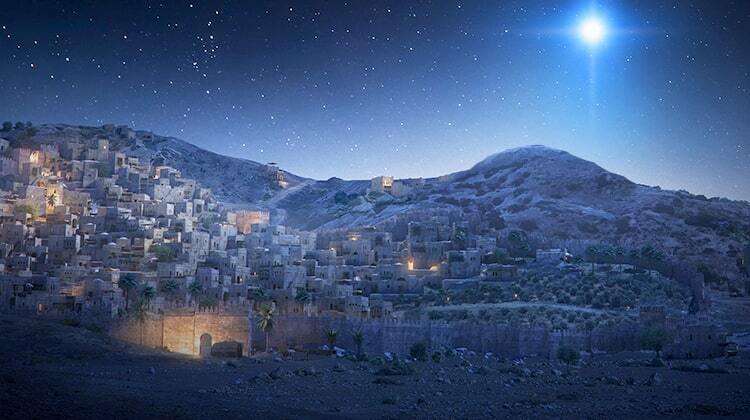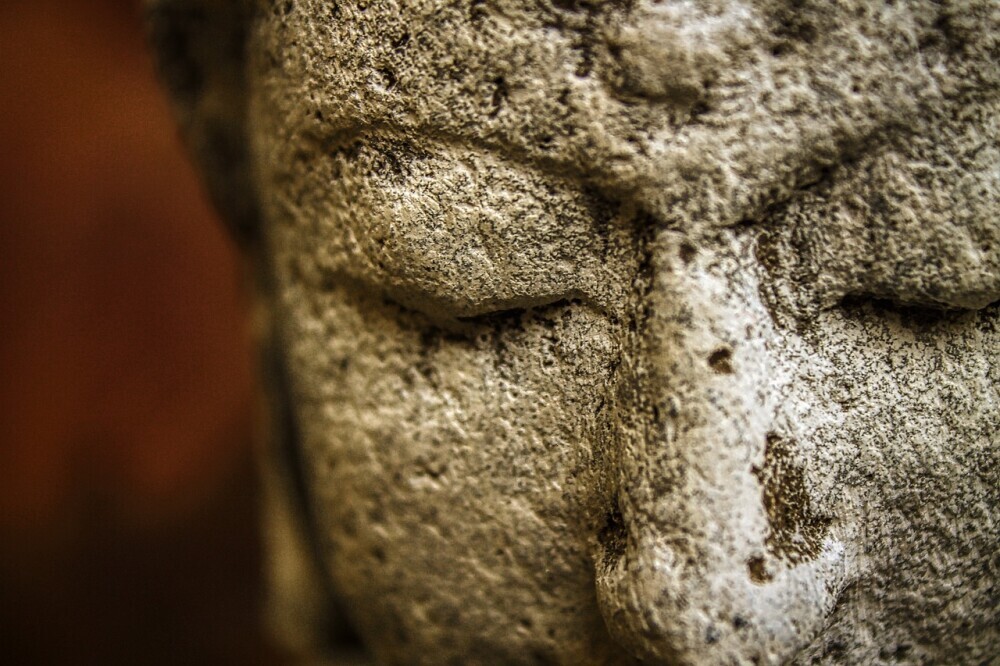Priestly Job Description
The heart of the priestly job description is fellowship with the Lord, enjoying his hospitality and protection, living in his house. May we never think that our obedience is the essence of life in Christ. Lavish meals, satisfaction, peace, and pleasure are the lot of God’s priests. It could be no other way when we are invited to live at the junction of heaven and earth. Yet life is busy at this meeting place. There is much to do. Our identity as priests is accompanied by a meaningful mission. Boredom is not an option.
For the early priests, there were the weak, the orphaned, the widows, and the poor to care for and to encourage others to do the same—to lend with an open hand, to be generous as we have been shown generosity (Deut. 15:1–18). There were also wars and conflicts, and people had to be prepared for battle:
When you draw near to the battle, the priest shall come forward and speak to the people and say to them, “Hear, O Israel, today you are drawing near for battle against your enemies: let not your heart faint. Do not fear or panic or be in dread of them, for the Lord your God is he who goes with you to fight for you against your enemies to give you the victory.” (Deut. 20:2–4)
These early descriptions of the priestly mission were always pointing toward something more and someone more. The mission converges on Jesus, the true high priest, and from him our job description explodes with new meaning. For example, we still care for the poor, needy, and burdened, but with maturity comes an awareness that we too are poor and needy (2 Cor. 12:1–10), and our care for others becomes infused with compassion (Heb. 5:1–3). Likewise, we continue to be warriors who encourage other warriors, but now we see the real enemy and his most lethal strategies (Eph. 6:10–18). So we turn toward our primary fight. We stand firm against anything in us that harbors satanic sympathies. We wage war against our own self-serving desires (notice how they inevitably splinter relationships and mimic Satan’s murderous ways), and we help each other in that fight. These details are seen in three different aspects of the priests’ job description. Each expresses our identity and purpose, and each can be expressed with infinite variety.
Created to Draw Near
Edward T. Welch
This meditative and devotional book traces iterations of the priestly job description throughout the Bible, helping believers discover their identity as royal priests who were created to draw near to God.
1. Fill the earth with wise, discerning royal priests.
This filling is a global component of the job description. It began, “Be fruitful and multiply and fill the earth and subdue it” (Gen. 1:28). God had unfurled a canvas, and human beings were the painters commissioned to develop it. It left much to creativity and imagination.
As with the rest of God’s animate creation, such as plants and animals, people were to populate the earth. We are priestly offspring, and we hope for a much larger family. The God who gives life gives us the potential to imitate him by giving life. We do this by having children. But what sets us apart from the subhuman kingdom is that we can invite children to follow Jesus and be instructed into life at its fullest, and we can invite the world to be born into a new family. Jesus commissioned us in a way that captured the true meaning of this original mandate:
Go therefore and make disciples of all nations, baptizing them in the name of the Father and of the Son and of the Holy Spirit, teaching them to observe all that I have commanded you. (Matt. 28:19–20)
The job of subduing the earth continues unabated from the original commission. We are stewards of earth. But the souls of humanity have become our primary stewardship. Our aim is for baptisms, which indicates God’s cleansing of us, but, even more, baptism means that we identify with and belong to him. We have been brought back into his family, and in this family, we grow in Christ, teach about Christ, and discern what is right and good.
Samuel was clear about this aspect of the priestly job, even when the people he served rebelled against the Lord:
As for me, far be it from me that I should sin against the Lord by ceasing to pray for you, and I will instruct you in the good and the right way (1 Sam. 12:23; cf. Deut. 33:10).
Priests call children, neighbors, and the world to draw near to Jesus.
2. Care for the peace and purity of the believing community.
Such caring is a localized aspect of our priestly commission. The job of priests is to protect and keep God’s house. When Adam and Eve failed in the original testing grounds of Eden, God designated cherubim to protect his sanctuary. In the next phase of redemptive history, cherubim gave way to priests. Humans were being restored. The priests were the ones who kept guard (Num. 18:3–4; Deut. 18:7). They were given a substantial manual with precise direction. There was to be very little ad-libbing. Instead, they were trained at discerning the ways of God. Yet even with this detailed direction, priests failed and ran headlong into the idolatries that they were commissioned to guard against.
As it turned out, their failure was written into the manual. The blood of animals pointed to the need for a better sacrifice, and the human heart’s instinctive bent toward independence pointed toward the need for a new heart, not just a rehabilitated one. Only when Jesus became the high priest and sacrifice and tabernacle did the royal priesthood become the church. Yet the church, too, has its struggles. We have divisions, false teachers, and sinfully favored preachers as well as all the other sins known to humanity.
Our identity as priests is accompanied by a meaningful mission.
The apostle Paul protected the peace and purity of the churches with great zeal:
Do you not know that you are God’s temple and that God’s Spirit dwells in you? If anyone destroys God’s temple, God will destroy him. For God’s temple is holy, and you are that temple. (1 Cor. 3:16–17)
In this passage, he uses the image of the church as temple rather than the individual as temple, and he guards the church by protesting the cult of personality and favoritism in the church. When he wrote about the Lord’s Supper, he turned his attention to distinctions between rich and poor where the rich received preferred treatment. This could not be in God’s temple, he wrote. Tensions and division were to be reconciled before the priestly meal (1 Cor. 11:17–33). Then his pastoral letter shifted images from the church as God’s temple to the church as body of Christ (1 Cor. 12:12–30), which is even more intimate than tabernacle language.
For us, this means that we are vigilant about any hints of favoritism or strained relationships, first in our own hearts and relationships, then in others.
- Do we pursue some people in our church but not others?
- Do we avoid those who are different from us?
- Does anyone have something against us?
- Have we gossiped about others in the church?
These questions are not simply our attempts to do the right thing. They are features of our priestly humanity, and our attentiveness to them is our purpose and calling.
3. Reflect the Lord (Ex. 34:33; Ps. 34:5).
A more personal way to envision this aspect of the priestly job description is to think of Moses, who reflected God’s greatness and holiness. Moses wanted above all else to witness the glory of God. As the Lord came close, he revealed a part of his glory to Moses. Moses, in turn, literally reflected the brightness of God. As God is light, so Moses reflected that light:
When Moses came down from Mount Sinai, with the two tablets of the testimony in his hand as he came down from the mountain, Moses did not know that the skin of his face shone because he had been talking with God. Aaron and all the people of Israel saw Moses, and behold, the skin of his face shone, and they were afraid to come near him. (Ex. 34:29–30)
This story is unparalleled in the Old Testament. Only here do we witness someone’s countenance change because he or she was close to the Lord. It is, however, a priestly story. Moses represented the people and was invited to draw near. When he drew near, he took on a characteristic of the one he beheld. Garments can reflect the Lord; faces, too, can reflect him. The story will be picked up again in the New Testament, and it will be even better (2 Cor. 3:12–18).
This article is adapted from Created to Draw Near: Our Life as God's Royal Priests by Edward T. Welch.

Edward T. Welch (PhD, University of Utah) is a counselor and faculty member at the Christian Counseling & Educational Foundation. He has been counseling for more than 35 years and has written extensively on the topics of depression, fear, and addictions. His books include When People Are Big and God Is Small, Crossroads: A Step-by-Step Guide Away From Addiction, Running Scared: Fear, Worry and the God of Rest, Shame Interrupted, and Side by Side. He blogs regularly at CCEF.org.
Related Articles
Crossway is a not-for-profit Christian ministry that exists solely for the purpose of proclaiming the gospel through publishing gospel-centered, Bible-centered content. Learn more or donate today at crossway.org/about.











 English (US) ·
English (US) ·